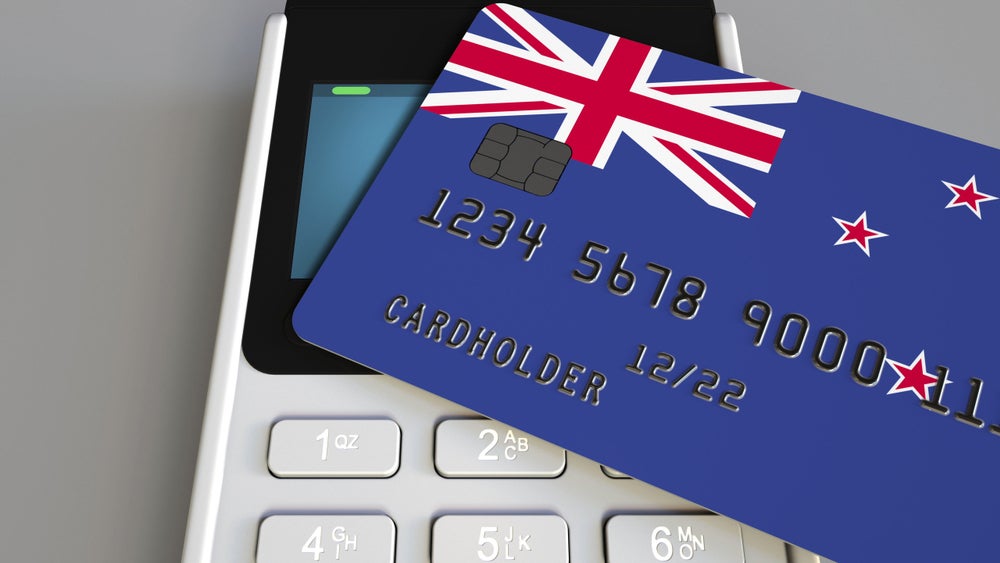Separate surveys by Payments Canada and the US Federal Reserve indicate that cash continues to be the dominant payment method in both countries. However, the dominance of cash is being challenged by growing electronic payment adoption in Canada and the US, Robin Arnfield reports
In November 2016, Payments Canada, the non-profit body formerly known as the Canadian Payments Association, which operates Canada’s core clearing and settlement systems, published “The Canadian Payment Methods and Trends” (CPMT) report.
Covering 2008 to 2015, the report focuses on domestic consumer and business payments including ATM withdrawals but excluding virtual currencies, securities and derivative transactions, and payments clearing and settling through Canada’s Large Value Transfer System (LVTS). It says that in 2015, the Canadian payments market comprised 20.9 billion transactions, worth over C$8.9trn ($6.6trn).
Trends
In 2015, contactless payments – predominantly contactless cards rather than mobile payments – grew by 70% in both volume and value of transactions, due to Canadian retailers’ extensive deployment of contactless POS technology and consumer enthusiasm for the convenience of contactless.
Cash continues to account for most transactions measured by volume, but cash use is on a downward trend and, since 2011, has declined by 20%.
How well do you really know your competitors?
Access the most comprehensive Company Profiles on the market, powered by GlobalData. Save hours of research. Gain competitive edge.

Thank you!
Your download email will arrive shortly
Not ready to buy yet? Download a free sample
We are confident about the unique quality of our Company Profiles. However, we want you to make the most beneficial decision for your business, so we offer a free sample that you can download by submitting the below form
By GlobalData“We still see a lot of cash transactions in Canadian stores, and that’s a behaviour that will take a long time to modify unless there is a real public policy push by the Canadian government, as there has been in other countries,” Anne Butler, Payments Canada’s vice president of policy, research, legal and general counsel tells CI. “But we are seeing a real growth in other channels, and EFT (electronic funds transfer) is now close behind cash in terms of volumes.”
In 2015, credit cards accounted for 58% of the total value of Canadian POS transactions, growing by 5% in volume terms year-on-year in 2015.
Online transfers are the fastest growing segment, reaching an estimated 120 million transactions worth C$45bn ($34.16 billion) in 2015.
The use of cheques continues to decline with a 25% decrease since 2011, but the value has been buoyed by continuing cheque use by Canadian businesses, growing by over 2% on average each year.

ACSS
The Automated Clearing and Settlement System (ACSS), the national retail clearing system operated by Payments Canada, cleared about seven billion transactions worth C$6.5trn in 2015. The ACSS clears paper-based and electronic transactions in three main categories:
Cheques and paper payments;
Debit (POS, ATM, and online transactions involving debit cards);
EFT transactions such as pre-authorised AFT (automated fund transfer) payments initiated by payees and payors, electronic remittances and EDI.
The LVTS is used by MasterCard Canada and Visa Canada to settle credit card transactions on a daily basis between issuers and acquirers.
The pre-authorised payments space is getting a lot of adoption and businesses are doing more automated payments than they used to,” says Butler. “But smaller businesses still have significant reliance on cheques, as does Government. There is huge opportunity for growth in EFT, particularly once Canadian government departments embrace automated payments instead of cheques.”
Another development favouring business adoption of EFT is Payment Canada’s plan to implement the ISO 20022 financial messaging standard for AFT transactions, which will ensure that rich remittance data travels with payments.
US data
In 2015, the US Federal Reserve’s Cash Product Office (CPO) conducted a survey of US consumer payments for its “The State of Cash: Preliminary Findings from the 2015 Diary of Consumer Payment Choice” report, following a similar survey in 2012.
“When first conducted in 2012, the Diary showed that cash was the most frequently used payment instrument and that cash use was prevalent across all demographic groups,” “The State of Cash Preliminary Findings” report says. “The key findings of the ‘2015 Diary of Consumer Payment Choice’ are similar and suggest that cash continues to be the most frequently used consumer payment instrument. Cash is widely used in a variety of circumstances and dominates small-value transactions.”
The CPO’s 2015 results show that cash is facing competition from other payment instruments in the US. “In 2015, 32% of consumer transactions were made with cash, including bill payments, compared with 40% in 2012,” the CPO says. “Growing consumer comfort with payment cards and the growth of online commerce, among other factors, contribute to this trend. Nonetheless, a broad range of results suggests that cash remains resilient and continues to play a key and unique role for consumers.”
US consumers used debit cards for 27% of their transactions in 2015, followed by credit cards for 21% of transactions. Electronic payments (e.g. ACH transfers and online bill pay) and cheques comprised a small share of transaction volume, though the value of these payments tended to be higher than cash, debit, or credit payments, the CPO says. Consumer use of debit and credit cards increased by two and four percentage points, respectively, and account for 48% of all reported transactions in the 2015 data.
Canadian cards market
According to Canadian consultancy Technology Strategies International’s “Canadian Payment Forecast 2016,” credit and debit cards accounted for almost 62.2% of all Canadian consumer expenditure in 2015.
“This proportion is expected to increase over the next five years, with the value of credit and debit card payments accounting for more than 63.4% of personal consumer expenditure by 2020,” the report says.
“The value and volume of cash withdrawal transactions is declining, indicating less reliance on cash as a payment form primarily as a result of competing electronic payment forms, coupled with changes in consumer behaviour. The number of ATMs installed in Canada is expected to increase marginally over the next five years, indicating that the market is almost saturated.”
Technology Strategies International says that the value of contactless card payments rose by nearly C$30bn year-on-year to C$54.5bn in 2015. “This was, in part, propelled by strong consumer uptake amongst Interac Flash (contactless Canadian debit card) users, and also greater familiarity with this form of payment,” the report says.

“By 2020, the value of contactless payments, made using either a mobile phone or a contactless card, is expected to reach almost C$200bn, representing more than 20% of the combined credit card, debit card and cash purchases in that year.”
According to Technology Strategies International’s “Canadian Consumer Payments Survey 2016” report, 40.6% of adult Canadians prefer debit cards for everyday payments. “Credit cards have increased in popularity as a method of payment for everyday purchases over the past year, threatening the stronghold historically commanded by debit cards,” the report says. “While there is still a higher preference for usage of credit cards for everyday payments amongst males, the increase in credit card preference is balanced across both genders.”
Mercator Advisory Group’s The Canadian Open-Loop Prepaid Market: 2015 report, published in association with the Canadian Prepaid Providers Organisation, says that in 2015, C$3.1bn was loaded onto open-loop prepaid cards of all types in Canada.
Total loads onto general-purpose reloadable prepaid cards in 2015 were C$1.84bn, and the average annual load per card was C$2,016, the report says. Total loads onto open-loop gift cards and onto mall gift cards that use a restricted access network over open-loop mounted to C$1.03bn in 2015, and the average load per card was C$83.







